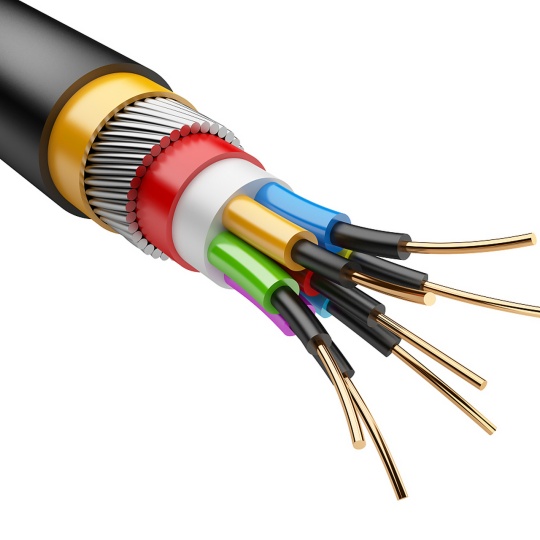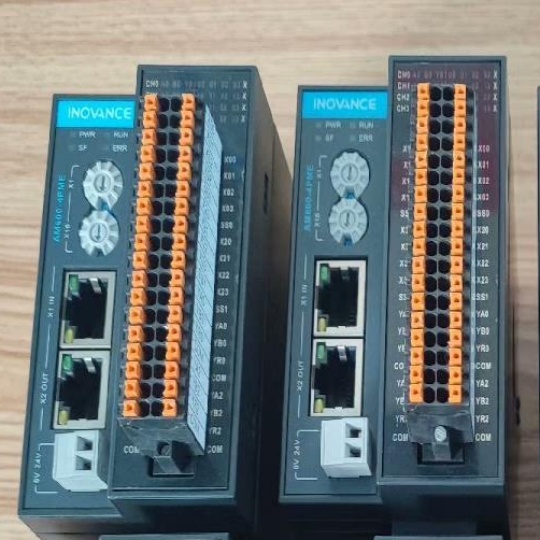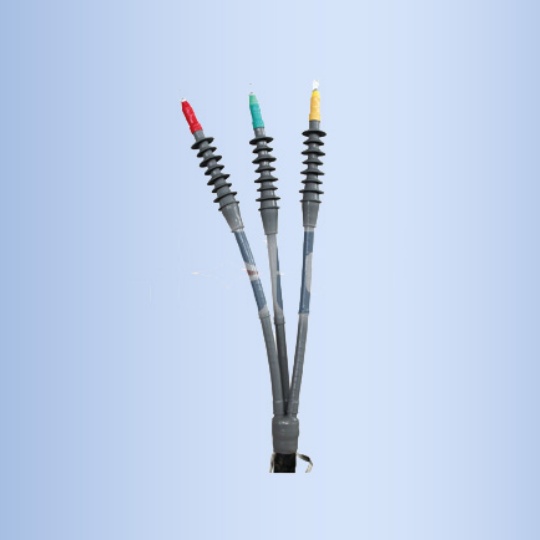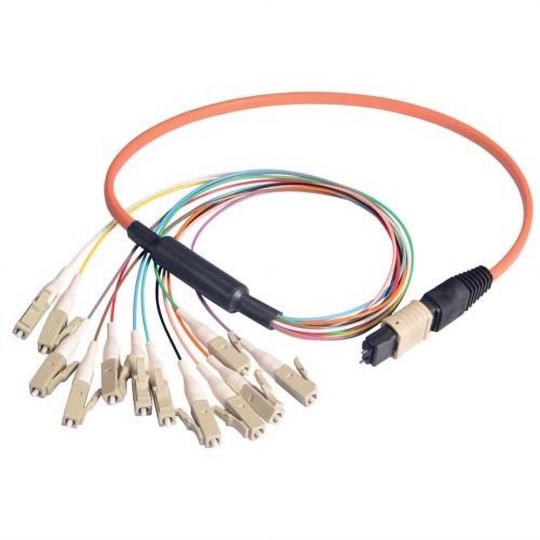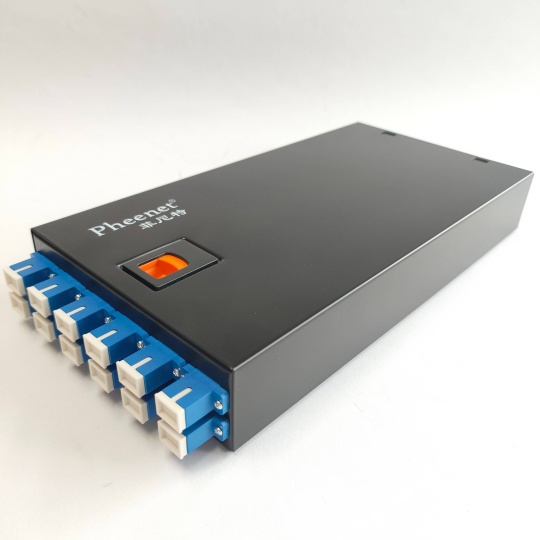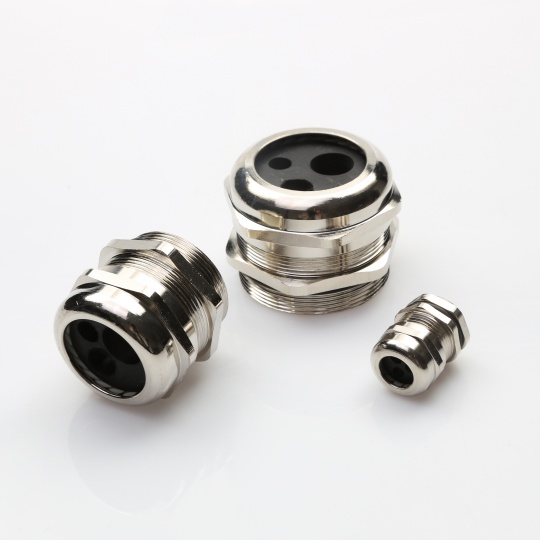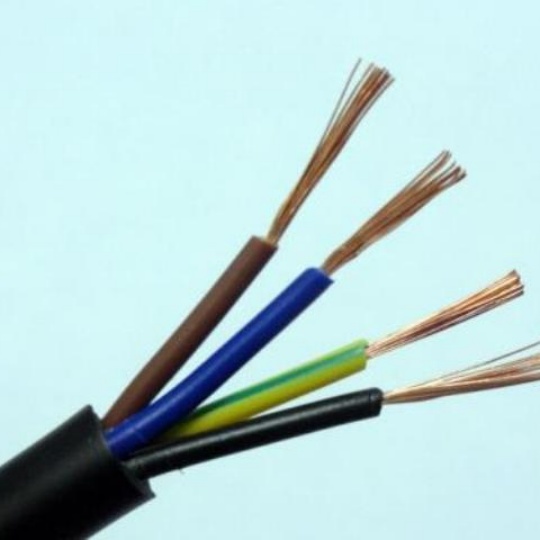Cable Assembly Innovations Powering the Next Generation of Collaborat...
The rise of collaborative robots (cobots) has revolutionized assembly line efficiency, introducing unprecedented flexibility and safety alongside human workers. But this close-quarters collaboration demands more than just sophisticated arms and smart software. Critical to their seamless, safe, and high-performing integration is an often unsung hero: advanced cable assembly technology. Traditional cables simply aren’t cut out for the unique challenges cobots present, driving significant innovation in this vital component.
Why Cobots Demand Next-Gen Cable Assembitions
Unlike their larger, caged industrial counterparts, cobots work with people. This proximity creates specific demands:
- Constant Dynamic Motion: Cobots frequently operate in confined spaces, performing intricate tasks involving repetitive bending, twisting, and rotating motions (often millions of cycles yearly).
- Space Constraints: Compact designs require smaller, lighter cabling solutions that don’t impede movement or require excessive mounting space.
- Enhanced Safety: Cables must minimize entanglement risks for human coworkers and avoid being snagged or crushed, which could cause damage or shutdowns.
- Signal Integrity Under Stress: Reliable power and data transmission (including high-speed signals like Ethernet/IP or vision system data) must be maintained despite constant flexing and potential EMI interference.
- Extended Service Life: Minimizing downtime is paramount; cables must be exceptionally durable to match the cobot’s longevity and reduce maintenance.
Key Innovations Transforming Cobot Cable Assemblies
- Superior Flexibility & Bend Radius Performance:
- Advanced Materials: Use of high-performance, engineered thermoplastics (like TPE or TPU) instead of stiff PVC for insulation and jacketing significantly enhances flexibility without sacrificing durability.
- Optimized Stranding: Fine-stranded, often tinned copper conductors combined with specialized bundling techniques reduce internal stress during bending.
- Low Bend Radius Design: Engineers now design cables with exceptionally tight minimum bend radii (as low as 4x cable OD), crucial for compact robotic joints and arm movements.
- Modularity & Tool-Free Connectivity:
- Service-Friendly Connectors: Robust, yet easy-to-disconnect connectors (like M8/M12 circular connectors with push-pull locking) speed up end-of-arm-tooling (EOAT) changes and cable replacement.
- Hybrid Cable Integration: Combining power conductors (often higher gauge for tool motors), signal wires, and data pairs (Cat5e/6, fiber optics) into a single, streamlined hybrid cable reduces clutter, weight, and installation complexity.
- Cable Management Integration: Pre-assembled cables often come with integrated mounting clips, drag chain carriers (e-chain), or strain relief boots designed explicitly for common cobot models.
- Enhanced Shielding & EMI/RFI Protection:
- Multi-Layer Shielding: Effective cable assemblies employ advanced foil tapes and highly flexible braided shields (often tinned copper) to provide comprehensive 360-degree coverage against electromagnetic interference (EMI) and radio frequency interference (RFI).
- Improved Grounding: Optimized shielding termination techniques ensure solid grounding through connectors, preventing noise corruption of sensitive sensor signals, servo feedback, or communication data – critical for precision control.
- Durability & Extended Long Life:
- Abrasion-Resistant Jackets: Specially formulated jackets resist cuts, scrapes, and wear from constant motion against surfaces or within cable carriers.
- Oil & Chemical Resistance: Protection against common assembly line contaminants like coolants, lubricants, and cleaning agents prevents degradation and insulation breakdown.
- Verified Testing: Leading manufacturers rigorously test cable assemblies to demanding standards (exceeding UL, CE, ROHS) and perform cycle life tests in cable carriers under load to guarantee performance claims (e.g., 5 million, 10 million, or even 20+ million bending cycles).
Real-World Impact on Assembly Lines
Adopting purpose-built cobot cable assemblies delivers tangible benefits:
- Increased Uptime & Productivity: Reduced cable failures, snags, and maintenance translate directly to longer operational periods and higher throughput.
- Enhanced Application Flexibility: Faster, simpler tool changes using modular cables enable rapid reconfiguration of the cobot cell for different assembly tasks.
- Improved Operational Safety: Safe routing, minimal slack, and robust construction significantly reduce trip hazards and entanglement risks for human workers.
- Higher Reliability & Precision: Consistent power delivery and pristine signal integrity ensure accurate positioning, reliable sensor readings, and stable communication crucial for quality assembly.
- Lower Total Cost of Ownership: Longer service life and reduced maintenance labor outweigh the initial investment in higher-quality assemblies.
Conclusion: The Critical Connection for Cobot Success
As cobots become increasingly integral to agile and efficient assembly lines, the cable assemblies that connect and power them cannot be an afterthought. Innovations focused on extreme flexibility, space efficiency, modularity, EMI immunity, and robust durability are fundamental to unlocking the full potential of collaborative robotics. Investing in cutting-edge cable assembly solutions specifically engineered for cobot demands ensures smoother integration, maximized performance, and significantly longer operational life on the factory floor – directly contributing to the efficiency gains and competitive advantage that cobots promise. The path to next-level assembly line performance is intrinsically linked to advancements happening within these critical lifelines.



